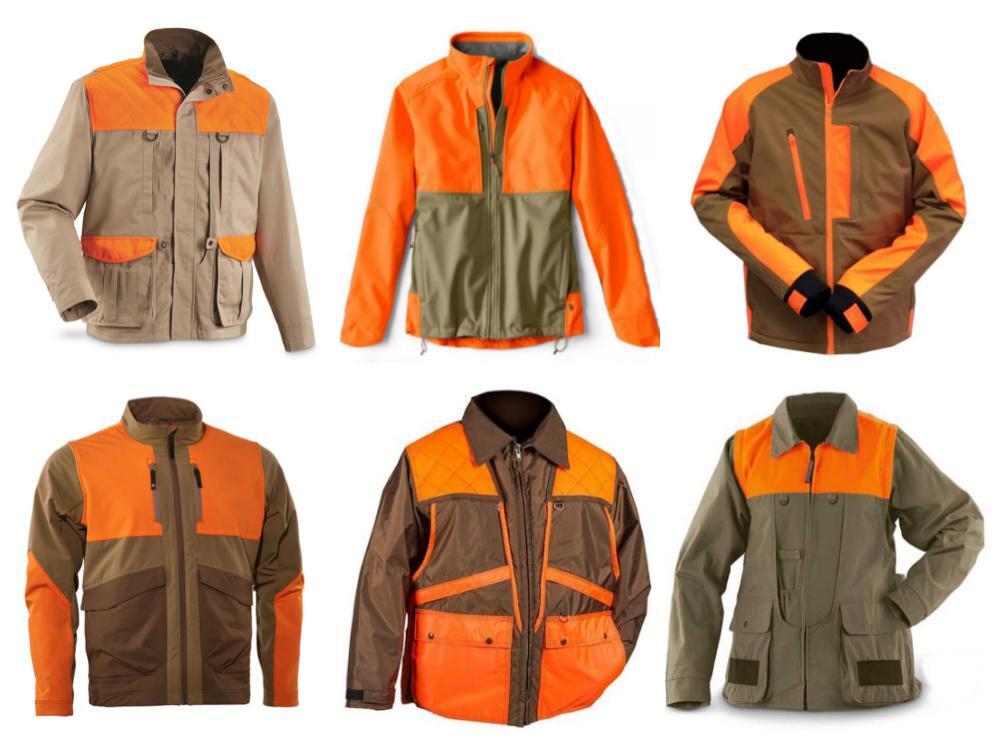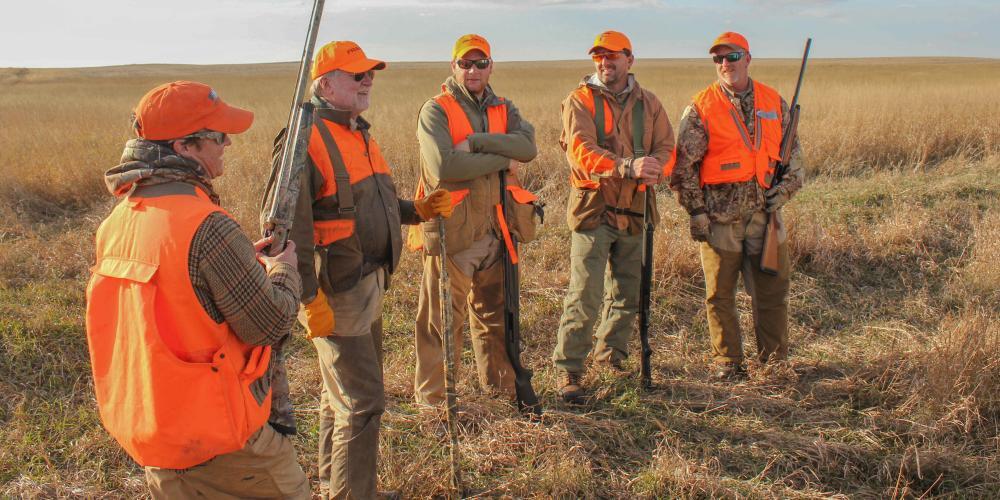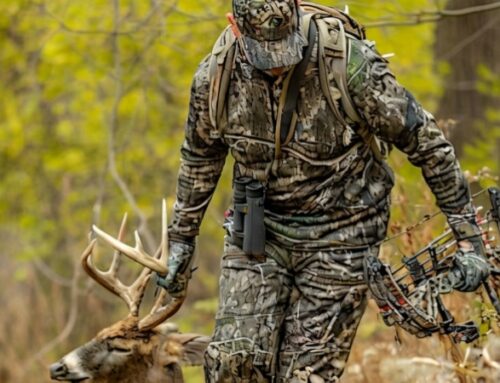Pheasants are a popular game bird found throughout North America, including many parts of the United States. The ring-necked pheasant is the most common species found in the US.
Every October, across the country, families and friends step into the fields to chase that brightly-painted, long-tailed bird that launches itself with a raucous cackle and flushes towards the heavens. Successful pheasant hunting requires lots of preparation: acquiring knowledge, gaining experience, and scouting. Because a pheasant’s behavior changes so much over the course of the season, it pays dividends for hunters to tailor their tactics accordingly. Bowins has more than 16 years of experience in manufacturing hunting clothing, and has cooperated with many professional hunting clothing brands in Europe and America. Through in-depth exchanges with our customers and many hunters, we have summed up some experience and tips of pheasant hunting, hoping to help you successfully hunt pheasants in the hunting season!

Pheasant Habitat
There’s simply a great mix of the habitats pheasant need. Farmsteads, native grasslands, and wetlands bordered by brushy corridors and shelterbelts all provide prime habitat for the bird.
The ring-necked pheasant is generally thought to be a grassland-dependent species. Grassland habitats provide valuable nesting cover, brood-rearing cover, and protection from the elements. Very shallow cattail marshes, ditches and sloughs, and stream corridors with brushy edges can be great winter cover for pheasants. Cultivated crop fields are an important part of their diet, and crop fields can also be great summer habitat for brood-rearing because the convenient rows offer easy walking for chicks.
Pheasant Diet
All species of pheasants are omnivores that feed almost solely on foods foraged from the ground. Their diets are flexible, but consisted mainly of plants, seeds and insects. In fall and winter, Ring-necked Pheasants eat seeds—especially grain from farm fields—as well as grasses, leaves, roots, wild fruits and nuts, and insects. Their spring and summer diet is similar, but with a greater emphasis on animal prey and fresh greenery. They eat insects such as grasshoppers, beetles, caterpillars, crickets, and ants, as well as snails and earthworms. Bear in mind that pheasants feed on the ground, so they won’t be able to feed on a bird feeder or table. Providing fresh water can also help attract pheasants and other wild birds.

Daily Movement Of Pheasants
Understanding a pheasant’s daily movement and where they’re going to be at any given time is key. Pheasants start their day before sunrise at roost sites, usually in areas of short- to medium-height grass or weeds, where they spend the night. Pheasants fly or walk out of their roosting cover just after sunrise, they may stop to pick up some gravel on their way to their feeding area, which is usually a crop field. By mid-morning, pheasants have left the fields for the densest, thickest cover they can find, or standing corn, brush patches, wetlands.
During the late afternoon, the birds move from their loafing spots back to the feeding areas. As in the morning, birds now are easier to spot from a distance and are more accessible to hunters. Thus the first and last shooting hours are often the best times to hunt pheasants.
Now that we have some preliminary knowledge of pheasants, let’s move on to hunting tips!
- Move Slowly and Quietly
Too often hunters pull up to a field, slam the doors, let the dogs out, then talk about how to hunt the field. However, avoiding this should be mandatory as pheasants have an excellent hearing. Even muffled laughs and conversations can reach their ears in no time.While pheasants may not be easily alarmed by a cup of coffee like deer, they can trace humans and their noise. Even the slightest noise is enough for them to run away without even giving them the chance to aim the scope. To refrain the birds from making these flight responses, be as quiet as you humanly can and approach slowly. Sign cues can be an excellent way to convey the process in real-time without disturbing the peace.
2.Use A Good Bird Dog
Each fall, many hunters are successful by walking through cover and flushing birds without a dog. But the most successful hunters are those with a good bird dog, be it a Lab or a pointer. A well trained upland dog can be an invaluable tool for the pheasant enthusiast. Not only will a dog help you find more pheasants and other upland birds, but can also track down pheasants after they are shot. There are several factors that can aid your hunting dog into being more successful, thus making you more successful. First off, as most all avid hunters know, it is very important to hunt your dog into the wind when making a pheasant push giving your dog the edge on the birds scent. Next taking your pup to the local game preserve prior to his first hunt of the year can give your pup a push in the right direction as it may take a few times out before pup actually remembers what his job really is. Also keeping your dog hydrated during the hunt, even on a cool day is vital.

3.Choose The Right Shotgun
Pheasant hunters need a shotgun that can be carried across miles of tall grass and through acres of dense thickets, cattails, and thick, weedy brush. So weight is a very important factor. The 12 and 20 gauges are the most popular shotguns to use for pheasant hunting, but don’t forget the ever-versatile 16-gauge shotgun to bring down a flushing rooster with the proper load and choke. The 28-gauge and .410 shotgun can also be an effective gun under the right conditions. Roosters are strong medium-sized birds. Whether shooters are using a 28-, 20-, 16- or 12-gauge shotgun, pheasants seem to be able to take a good hit of pellets and keep moving. In short, the right shotgun with the right combinations of weight, barrel length, gauge and action, along with the right ammunition and chokes that a shooter feels comfortable with will vary with everyone. It all comes down to personal choice and feel.
4.Know The Regs
Study the hunting regulations in your state before hunting. Regulation books will often include public-land release sites for pheasants. In New York State, you must possess a hunting license and obtain permission from the landowner to hunt pheasants. Some Western states hold paid pheasant hunts, where hunters can harvest roosters on public land for a fee of about $10 a bird. There also are junior or youth pheasant hunts in many states.
Hunters must also be aware of tag and recording requirements. In Oregon, for example, you can be fined for bagging a pheasant and not recording it on your tag, just like keeping a salmon without recording it on your fishing license. Also be aware of any hunter orange requirements, load or firearm restrictions or hunter education requirements for your state, such as a blaze orange cap is required when hunting pheasants in Massachusetts, it’s a good idea to wear even more orange.
5.Choosing gear for pheasant hunting
With any hunting situation where you are around several hunters, you do want to be visible. Having a hat that is hunter’s orange and a vest with some orange on it is always a good idea. Wearing hunter’s orange is mandatory in many states. It is also recommended that you dress in layers. The selection of these layers may change depending on the season. There may be some hot weather early in the season, and later in the season you may experience freezing temperatures and snow. Layering also allows you to regulate the temperature during hunting.
Vest
A good pheasant hunting vest should be lightweight and offer plenty of pockets for carrying water, gloves, licenses and any other items you may need during the hunt. A vest made with orange material will also make it easier for other hunters to spot you in tall grass, keeping you and others safe. A good pheasant vest should also have a large back compartment that will hold birds, and also have the ability to be cleaned easily without staining.

Pants
Pheasant terrain can sometimes get pretty thick and pretty thorny. There are few things more annoying or more likely to end a hunt early then dealing with briars and burrs sticking out of your legs. Brush pants and briar pants help to push through thick cover and add a layer of protection against thorns, thickets, and other dense and damaging cover. A good pair is as comfortable as your favorite pair of jeans.

Jacket
As the weather cools down hunters transition from their early season upland hunting vests to warmer, late season gear. The durable fabric makes it easy for hunters to move and shoot on upland, while allowing you to comfortably store a lot of gear and provides an organized way to store your ammunition and be able to access it quickly. The main areas to note with this are the hips and the shoulders. An pheasant hunting jacket that fits properly is going to allow you to bring your gun up without getting in the way at all. With as fast as these upland birds are, every fraction of a second counts. The last thing you want is the recoil pad of your shotgun to get caught up in a loose fitting jacket. The torso of the jacket shouldn’t be skin tight, but it should at the very least be fitted for your body type.

Pheasant hunting is rewarding to a hunter on many levels. The landscape, the thrill of seeking and flushing birds, the camaraderie built between hunters, and the wonderful table fare pheasant provides are all part of the draw to the sport. Although we cannot fully convey the feeling of shooting pheasant, we will continue to learn and progress, using our professional advantages to provide you with more appropriate clothing, so that your pheasant hunting trip more comfortable and carefree!





